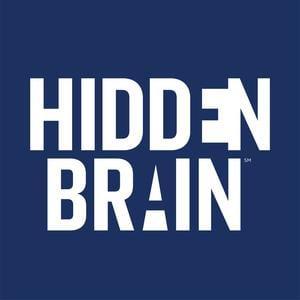
In this episode of the Huberman Lab podcast, Dr. Huberman explores the science behind mental training and visualization for improved learning. He discusses the principles and techniques of mental training, the role of neuroplasticity in learning, and how mental visualization can enhance various domains such as music learning, mathematics, motor learning, and sports performance. Dr. Huberman also highlights the importance of sleep, the benefits of combining mental and physical training, and the relationship between mental imagery and real-world experiences.
Mental training and visualization have been shown to enhance learning across various domains. By engaging in specific types of mental training and visualization, individuals can improve their skills in areas such as music, mathematics, motor learning, and sports performance. These techniques can also be applied to overcome specific challenges, such as public speaking or test-taking.
Neuroplasticity is the brain’s ability to change and adapt in response to experiences. While mental visualization is not equivalent to real-world experiences, there is some similarity between the two. People have varying abilities to mentally visualize, but everyone can improve their mental training and visualization skills. Individuals with synesthesia or on the autism spectrum may have unique relationships between mental imagery and problem-solving.
Effective mental training and visualization protocols involve short visualizations that can be repeated with a high degree of accuracy. It is important to combine mental training and visualization with real-world experiences to maximize their effectiveness. While mental training and visualization can enhance learning and retention, they cannot replace the actual execution of tasks. However, they can improve the speed and stability of learning.
Quality sleep is essential for neural plasticity, which is the brain’s ability to change and adapt. Neural plasticity occurs during sleep, particularly on the first night following focused attention. Therefore, getting sufficient sleep after physical and mental training is crucial for optimal neuroplasticity. Sleep is important for both physical and mental training, and non-sleep deep rest can also support learning.
Combining mental and physical training can yield better results than either one alone. While physical training is generally more effective than mental training for most individuals, mental training is still beneficial compared to no training at all. Mental training and visualization can improve cognitive and motor skills in the real world, but they are most effective when combined with real-world training.
Mental training and visualization offer powerful tools for improving learning and performance. By understanding the principles of neuroplasticity and optimizing mental training protocols, individuals can enhance their cognitive and motor skills. Combining mental and physical training, along with prioritizing quality sleep, can further amplify the benefits. While mental training and visualization cannot fully replace real-world training and experiences, they serve as valuable complements that can accelerate learning and improve performance.